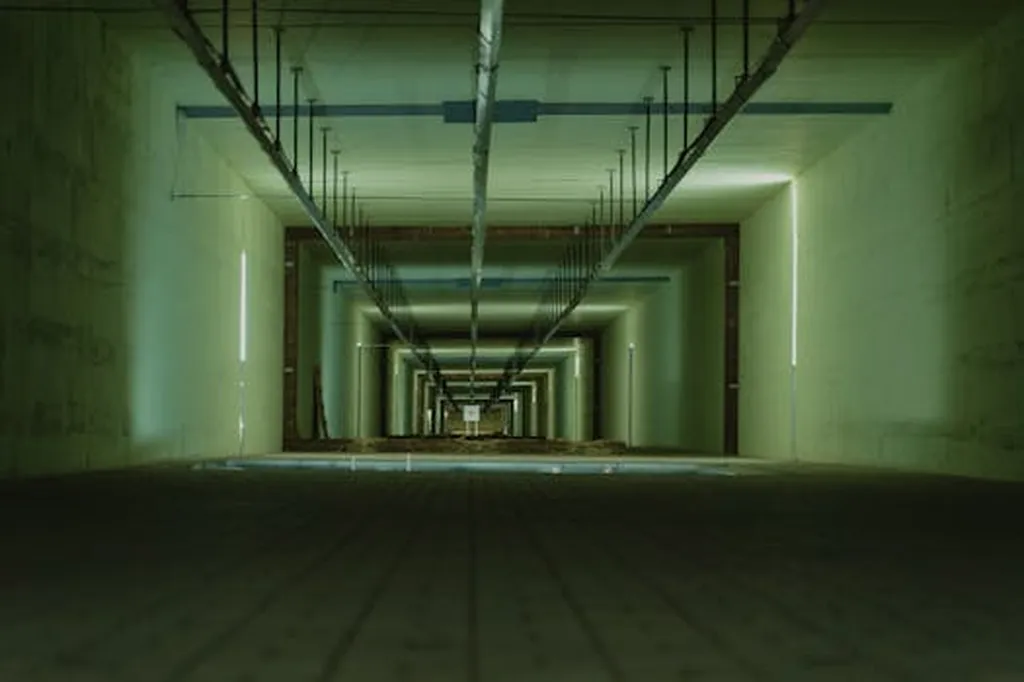In the quest for sustainable construction materials, a team of researchers led by Abhilash Kumar K A from the Department of Civil Engineering at Manipal Institute of Technology has made significant strides. Their work, published in the journal *Materials Research Express* (which translates to “Materials Research Express” in English), explores the potential of artificial aggregates as a viable alternative to natural aggregates in concrete production. This research could have profound implications for the construction and energy sectors, particularly in reducing waste and promoting sustainable practices.
The study focuses on the performance evaluation of concrete mixes where natural coarse aggregates are partially replaced with artificial aggregates at incremental levels up to 100%. The researchers found that concrete mixes with up to 50% replacement of natural aggregates exhibited comparable performance to traditional concrete, making them suitable for structural use. “The findings indicate that replacing 50% natural coarse aggregates with produced artificial aggregates produces concrete suitable for structural use, demonstrating comparable performance and potential for sustainable construction practices,” said Abhilash Kumar K A, the lead author of the study.
The experimental analysis involved a comprehensive evaluation of the physical, mechanical, microstructure, and durability characteristics of various concrete mixes. The replaced concrete mixes exhibited dry density ranging from 2000 to 2322 kg/m³ and compressive strength between 32 and 39 MPa. While split tensile strength and flexural strength decreased with higher replacement levels, the microstructural analysis revealed a stronger aggregate-matrix interface with minor microcracks near the interfacial transition zone.
This research is particularly relevant for the energy sector, where the demand for sustainable and durable construction materials is on the rise. The use of artificial aggregates not only reduces the dependency on natural resources but also provides a solution for recycling waste materials. “This study opens up new avenues for the construction industry to adopt more sustainable practices,” noted Abhilash Kumar K A. “By converting waste materials into value-added construction materials, we can significantly reduce the environmental impact of construction activities.”
The study also highlights the importance of detailed experimental investigations in understanding the behavior of concrete mixes with artificial aggregates. The use of advanced techniques such as ultrasonic pulse velocity, scanning electron microscope, and rapid chloride permeability test provides a comprehensive understanding of the material properties.
As the world continues to grapple with the challenges of climate change and resource depletion, innovative solutions like artificial aggregates offer a glimmer of hope. This research not only contributes to the scientific community but also has the potential to shape future developments in the field of sustainable construction. By embracing these advancements, the construction and energy sectors can move towards a more sustainable and environmentally friendly future.

